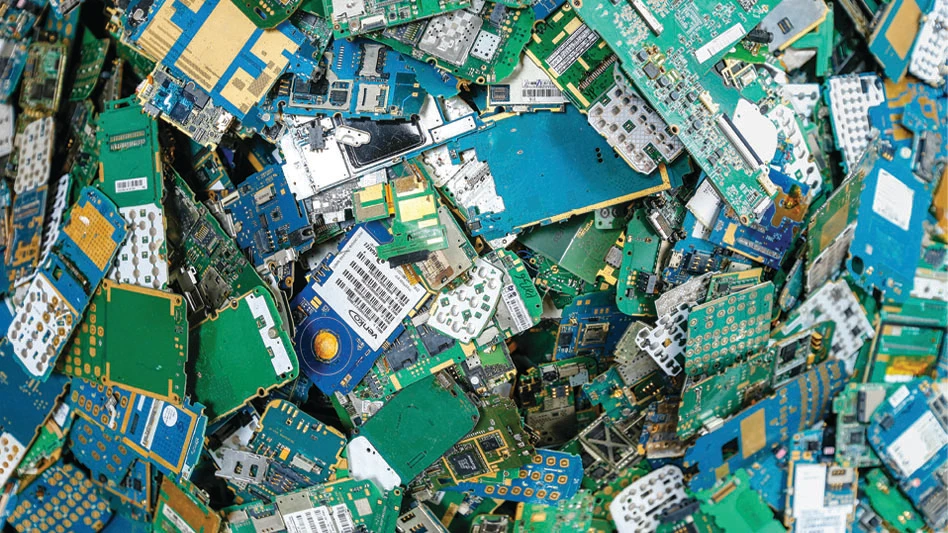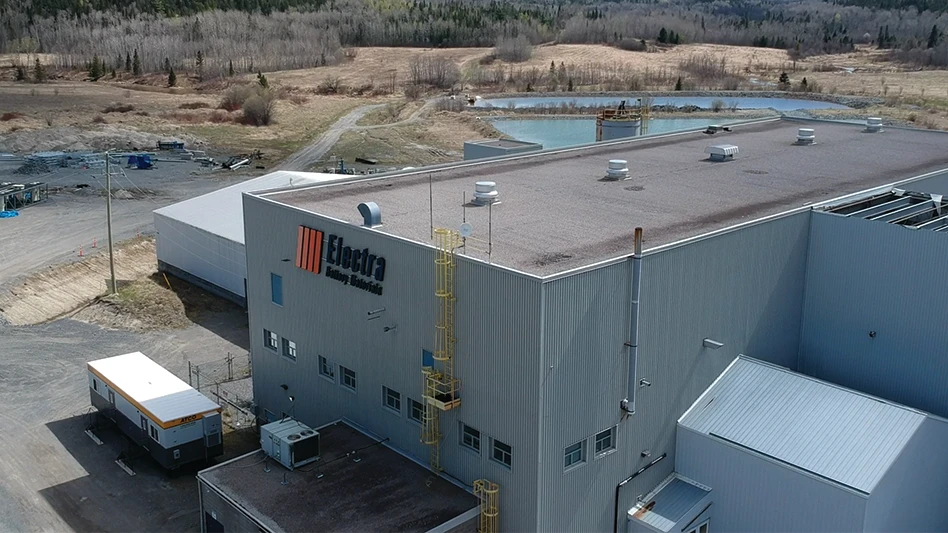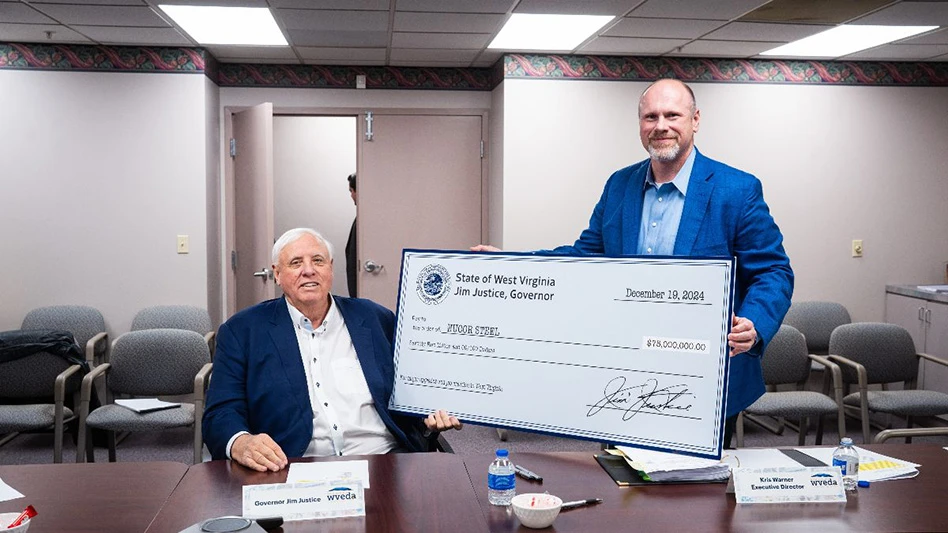While these issues have not faded away, a host of other issues have cropped up for exporters, especially those hungry to tap into the huge market in China.
EMERGING ISSUES.
The biggest concern has been the cost to ship materials to the Pacific Rim, especially China. While the majority of ferrous scrap is shipped via bulk vessels, nonferrous scrap and paper stock are typically shipped in containers.While the Pacific Rim’s demand for recovered fiber has increased, container lines have only recently started trying to push through price increases. According to the Westbound Transpacific Stabilization Agreement (WTSA), a discussion group of major ocean container shipping lines operating in the trade lane from the U.S. to Asia, export demand for recovered fiber from the U.S. to Asia increased by nearly 30 percent last year.
Further, according to the WTSA, containerized scrap metal shipments, which make up around 5.6 percent of total outbound containers, increased by close to 40 percent last year from the previous year, further reflecting surging demand by Asia.
Earlier this year container shipping lines operating from the United States to Asia were calling for across-the-board restoration of freight rates for recovered fiber. The goal was to reach the minimum rate levels attained last year. Additionally, the WTSA is looking to add $25 per 40-foot container starting July 1.
For scrap metal, principally nonferrous metal, rates were raised by $100 per 40-foot container this past December and an additional $100 per 40-footer in April. Plastic scrap and chemical resin rates also were hiked by $200 per 40-foot container in April.
Despite the call by many container lines to hike freight rates for many scrap commodities, several exporters note that rates for recovered fiber, as well as for other materials, are still fairly stable to slightly soft.
Niels Erich, a spokesman for the WTSA, rebuts this opinion, noting that container lines are looking for freight rates to show some modest improvements through the rest of the year.
However, while the Asian market has helped spur demand, the more recent scaling back of orders from China—the key driver for the surging scrap boom—has lessened demand. The question being bandied about now is how long Chinese buyers will remain out of the market.
According to an analyst at one ship brokering firm in London, the decline in demand (and subsequent pricing) that began in mid-March is more of a correction than any significant decrease in orders.
With this in mind, while more scrap remains in the domestic market this spring, the longer-term trend will be a pick up in offshore orders. This could then lead to a faster flow of material on containers and bulk vessels later this year.
Alan Ratner, president of Metal Management Northeast, Newark, N.J., one of the largest scrap metal recyclers in the United States, notes that, overall, forecasting freight rates is an extremely difficult thing to do. "They are susceptible to the ebbs and flows from Asia."
Many factors impact freight rates and movement, Ratner adds. These may include congestion at Asian ports and seasonal trends or issues, which could dry up container availability.
A West Coast-based exporter of paper and ferrous scrap notes that in addition to uncertain shipping rates, the Chinese government has begun tightening up its inspections to prevent the dumping of non-recyclable material.
While urban legend in part, there has been word of some container shipments that were far less than what was ordered. International scrutiny focused on some of the hazardous materials that were flowing into developing countries has appeared to cast a greater focus on dealing with the problem.
However, over the past several years, inspections before and after cargo is shipped have become business du jour. This, proponents claim, ensures that the material being shipped overseas meets the standards approved by both parties.
For shipments to China, the most sought-after market, the CCIC North America Inc. (CCICNA) was established in 1990 and has grown to become one of the biggest overseas branches of China National Import and Export Commodities Inspection Corporation. The role of this company is to inspect all shipments destined for China.
STEPS TO TAKE.
According to a spokeswoman for CCIC North America, before China can import any goods, a CCIC certificate is required.To obtain the certificate, a company first must file an application with CCICNA. After receiving the application, CCICNA will then either send out its own inspector or assign a subcontractor to perform the inspection.
These visual inspections are done, the spokeswoman says, to make sure that material being shipped conforms to the Chinese Standard Environmental Protection Control Standard for Imported Scrap Material as Raw Material.
Along with a visual inspection, the company could also perform a multitude of other tests to ensure the validity of the material. These tests may include draft surveys and density tests.
While each commodity has a different requirement, inspectors for CCICNA may require further information, including requiring the shipper to provide them with information before the inspection even takes place.
Finally, each applicant is required to file a customer information survey with a copy of its business license. The shippers also are required to fill out an application form for each shipment they have made and to fax it back to the company at least three working days before the material is loaded on the vessel.
While the CCIC is focused only on material being shipped to China, the trend appears to be toward taking a closer look at the material to prevent questionable overseas shipments.
These steps, while somewhat cumbersome, have generated some mixed reactions. Ratner says that many of the inspectors who are checking loads now are much more knowledgeable about what they are looking for. This has expedited the process, making it a less intrusive procedure. He says that the inspectors have become much more astute with their inspections. Part of the reason, he notes, is that they are exposed to the scrap recycling industry to a much larger degree.
However, a West Coast exporter is less sanguine about these moves. The scrap dealer feels that this step is essentially just a tax on shippers. Further, while going through the inspections should clear the materials to be accepted by the consumer in China, he adds that mills in China will sometimes file a claim or reject the load as a way to renegotiate a better price.
A Midwestern-based ferrous scrap merchant notes that while export shipping is a "big headache" now, it has always carried problems.
While container availability and inspections are always part of the overall program, shipping offshore includes dealing with stevedores (workers responsible for loading and unloading ships in port), tracking the movement of material and ensuring that the material is successfully tracked all the way through the process.
The movement of cargo between the United States and China appears to be cooling.
The question to ask is how long this cooler period will last. While container companies are looking to boost rates this year, any extended decline in the shipment of material from the United States to China will work to reduce the rates, in some cases significantly.
SECURITY ISSUES.
In a post-9/11 world, security issues are heightened. From ports installing radiation detection equipment to increased inspections, the U.S. is attempting to prevent the entrance of dangerous weapons into the country. However, for most shippers who use the ports to export, security problems are not an issue."There really hasn’t been any significant change in the time it takes to load the vessel," one scrap recycler notes.
Where problems are is in the inflow of containers. Allen Goldstein, CEO of AMG Resources, a large scrap recycling company based in Pittsburgh, says his company does a large amount of importing of nonferrous scrap from some of its operations in Europe.
Goldstein notes that likely because of security concerns, the delay in getting containers inspected and approved has been much longer. At times the delay in getting the containers off the port could last as long as two to three weeks. This length of time can end up making the business only marginally profitable.
Although the delay is problematic, Goldstein sees both sides of the issue, understanding that the goal of the heightened security is to prevent dangerous material from making it into the country.
While the impact of increased security can make business difficult, a number of sources say the inspections are only limited at the present time. This means that if inspections further intensify, the delays could be even longer.
CONTAINER AVAILABILITY.
While containers are still fairly easy to come by for the lucrative U.S./Asia market, other shipping routes are becoming more problematic. Goldstein says freight rates are climbing for Europe/U.S. shipping routes and space is more difficult to obtain.Another region seeing a more challenging environment is the route from South America to North America. Space aboard vessels is becoming extremely acute, and rates have been climbing, making it more difficult to move cargo between these two destinations.
While container availability is tighter and rates are climbing from other routes, ships are currently sailing to Asia at 50 percent to 60 percent of capacity. Empty equipment that is being repositioned to meet demand is taking up the remaining space aboard the container vessels.
The WTSA’s Erich notes that pressures to reposition equipment in Asia are forcing shipping lines to rethink their strategies. "After the cost of delivering a box of wastepaper or scrap to the end user, trucking it back to the port, cleaning it, performing routine maintenance and positioning it for the next move, the carrier often loses money and time relative to moving the equipment back to Asia empty. In fact, some lines are exploring the possibility of dedicated westbound sailings carrying only empty containers for repositioning," Erich notes.
He estimates that current sailings are already transporting the equivalent of 27 vessels of 4,000 40-foot containers in empty boxes weekly.
Some commodities that customarily have been transported using bulk shipping are now using containerized shipments. Ferrous scrap remains one of the last holdouts. However, during the past several months, some exporters have been testing the possibility of shipping some loads in containers.
While some opportunities exist, a number of pitfalls also are apparent. One of the biggest is the price disparity between bulk shipment and container shipment.
Several exporters say shipping ferrous in a container is five to six times more expensive than shipping via bulk vessel.
Another pitfall includes the limitations of filling a container and still being able to legally drive on U.S. roads without exceeding weight restrictions.
Also, in light of the density of ferrous scrap, the containers could take a significant beating, rendering some of them essentially unusable after only a few deliveries.
The author is senior and Internet editor of Recycling Today and can be contacted via e-mail at dsandoval@RecyclingToday.com.

Explore the June 2004 Issue
Check out more from this issue and find your next story to read.
Latest from Recycling Today
- Reconomy brands receive platinum ratings from EcoVadis
- Sortera Technologies ‘owning and operating’ aluminum sorting solutions
- IDTechEx sees electric-powered construction equipment growth
- Global steel output recedes in November
- Fitch Ratings sees reasons for steel optimism in 2025
- P+PB adds new board members
- BlueScope, BHP & Rio Tinto select site for electric smelting furnace pilot plant
- Magnomer joins Canada Plastics Pact





